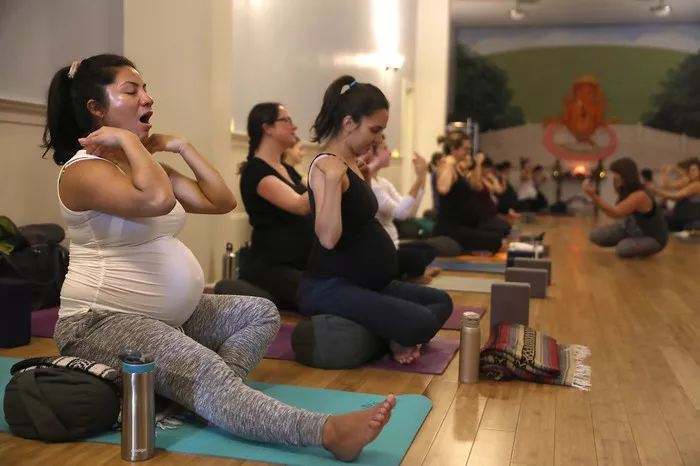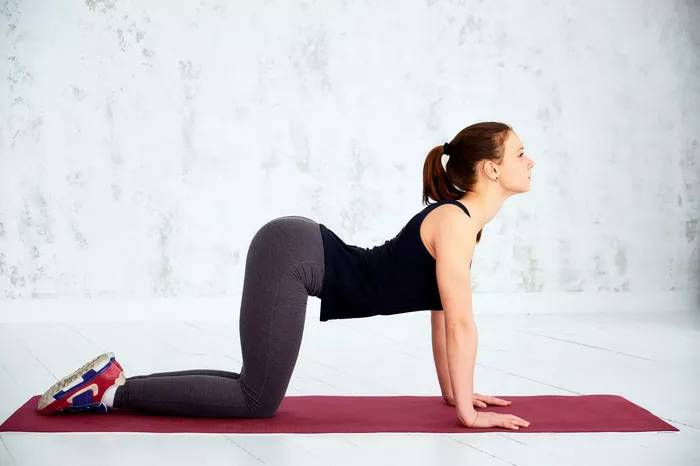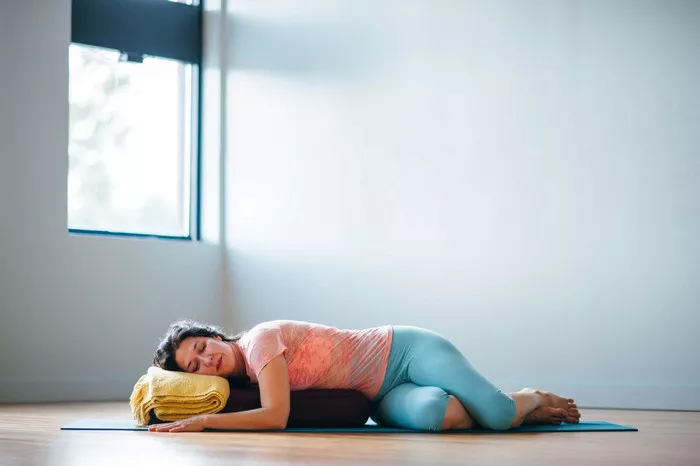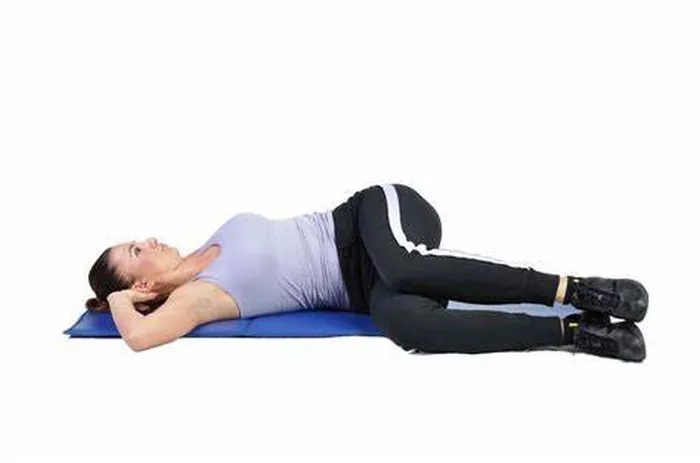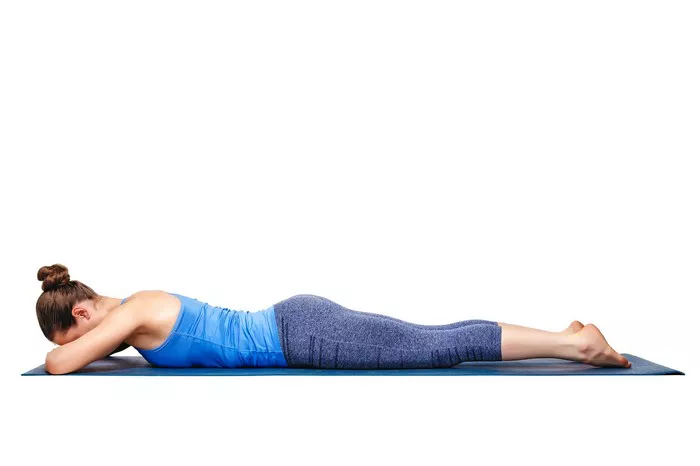Yoga, with its ancient roots in India, has evolved over thousands of years into various styles and practices. Among the many different forms of yoga, Hatha Yoga and Vinyasa Yoga stand out as two of the most popular. Although both belong to the same broad tradition of yoga, they offer distinct approaches, experiences, and benefits. In this article, we will explore the similarities and differences between Hatha Yoga and Vinyasa Yoga, discuss the benefits of each, and help you decide which practice might be better suited to your needs.
What is Hatha Yoga?
Hatha Yoga is one of the most foundational forms of yoga. The word “Hatha” comes from two Sanskrit terms: “Ha,” meaning “sun,” and “Tha,” meaning “moon.” These represent the balance of opposites: masculine and feminine, active and passive, strength and softness. This balance is at the core of Hatha Yoga, where practitioners focus on cultivating harmony between body and mind through various postures (asanas), breathing techniques (pranayama), and meditation.
Hatha Yoga classes typically involve slower-paced, static postures. The focus is on holding each pose for several breaths, allowing for deep stretching and alignment adjustments. It’s an accessible form of yoga for beginners and those who prefer a gentler, more mindful practice. Hatha Yoga emphasizes physical alignment, flexibility, and strength, alongside mental relaxation.
What is Vinyasa Yoga?
Vinyasa Yoga comes from the Sanskrit word “Vinyasa,” which translates to “arranging something in a special way.” In the context of yoga, Vinyasa refers to the flow or sequence of postures, often linked together with breath. Vinyasa Yoga is characterized by its fluid, dynamic movements, and emphasis on synchronizing breath with movement. This practice tends to be faster-paced and more intense compared to Hatha Yoga, with each class often featuring a sequence of poses that flow from one to the next, creating a sense of continuous motion.
In a Vinyasa class, you may encounter sun salutations (Surya Namaskar), standing poses, balancing poses, and seated stretches, all moving in rhythm with the breath. Because the practice is more energetic, it provides an opportunity to build strength, improve cardiovascular fitness, and enhance flexibility, while also cultivating mindfulness and relaxation.
Key Differences Between Hatha Yoga and Vinyasa Yoga
While both Hatha Yoga and Vinyasa Yoga are forms of physical and mental exercises rooted in traditional yoga practices, there are some key differences that set them apart:
1. Pace and Intensity
Hatha Yoga: Hatha Yoga is generally slower-paced, allowing practitioners to hold poses for a longer duration. This slower pace is ideal for those seeking to develop mindfulness, concentration, and alignment. It provides time for proper breathing, and it is typically more relaxing and meditative.
Vinyasa Yoga: Vinyasa Yoga is faster-paced, with continuous movement linking one posture to another. This dynamic practice often involves a vigorous flow of postures, making it more physically demanding. Vinyasa classes tend to raise the heart rate and can provide a cardiovascular workout along with strength and flexibility training.
2. Structure of the Class
Hatha Yoga: In a typical Hatha Yoga class, the instructor guides you through a series of asanas, emphasizing proper form and alignment. Each posture is held for several breaths, and the focus is on building stability, balance, and flexibility over time. There is usually a significant focus on mindfulness, and the sequence is often more predictable.
Vinyasa Yoga: Vinyasa classes are often structured as a flowing sequence of poses with little to no pauses in between. The movements are linked to the breath, with the pace varying depending on the class style and teacher. Vinyasa classes can be highly creative and offer more variation in terms of the sequence of postures, making it possible to explore a wide range of movements and transitions.
3. Breath and Movement Connection
Hatha Yoga: While breath is important in Hatha Yoga, it tends to focus on slower, deliberate breaths that accompany each asana. The practice is less about synchronizing breath and movement in real-time and more about cultivating awareness of the breath and body alignment.
Vinyasa Yoga: In Vinyasa Yoga, breath and movement are intimately linked. Every movement is coordinated with an inhale or exhale, creating a fluid and continuous flow from one pose to the next. This synchronization of breath with movement helps to build both strength and endurance, and it serves as a meditative aspect of the practice.
4. Focus on Flexibility and Strength
Hatha Yoga: Hatha Yoga places a greater emphasis on developing physical flexibility, strength, and alignment. Holding poses for longer periods helps deepen the stretch and promotes flexibility over time. Strength building is gradual and often comes through longer holds of certain postures.
Vinyasa Yoga: While flexibility is still important, Vinyasa Yoga tends to focus more on strength and stamina, as the continuous movement builds muscle endurance. The dynamic transitions from one pose to another challenge the body in ways that help develop both flexibility and strength more quickly.
5. Suitability for Beginners
Hatha Yoga: Because of its slower pace and focus on alignment, Hatha Yoga is an excellent choice for beginners. It allows newcomers to familiarize themselves with basic postures, breathing techniques, and the fundamental principles of yoga. It also offers a more accessible entry point for people with limited flexibility or mobility.
Vinyasa Yoga: Vinyasa Yoga, while still accessible to beginners, may feel overwhelming for those who are new to yoga or have limited fitness levels. The faster pace and continuous flow can be challenging for someone just starting out, but modifications and props are often available to support practitioners.
Benefits of Hatha Yoga
Improves Flexibility: The slower pace and emphasis on holding postures for longer periods allow for deep stretching, which can increase flexibility over time.
Builds Strength and Stability: Through sustained poses, Hatha Yoga helps strengthen muscles, especially those needed for stability, such as core and leg muscles.
Promotes Relaxation and Stress Relief: The meditative, slow-paced nature of Hatha Yoga can be incredibly calming, helping to reduce stress and anxiety.
Increases Mindfulness: The practice of holding poses for longer durations encourages mindfulness and body awareness, allowing you to tune into the present moment.
Enhances Posture and Alignment: Hatha Yoga focuses on alignment, which can improve posture and reduce the risk of injury both in and out of class.
Benefits of Vinyasa Yoga
Builds Strength and Endurance: The fast-paced nature of Vinyasa Yoga helps build strength and endurance, particularly in the core, arms, legs, and back.
Improves Cardiovascular Health: The flowing movement and continuous transitions between poses can increase heart rate, providing an aerobic workout that benefits cardiovascular health.
Enhances Flexibility: As Vinyasa Yoga incorporates many stretches and balances, it helps to improve flexibility over time, particularly when practiced regularly.
Boosts Mental Focus: The synchronization of breath with movement requires concentration, helping to clear the mind and improve mental focus.
Promotes Detoxification: The physical intensity of Vinyasa Yoga, combined with deep breathing, encourages the body to release toxins and improve circulation.
Which is Better for You: Hatha Yoga or Vinyasa Yoga?
Choosing between Hatha Yoga and Vinyasa Yoga depends on your personal goals, fitness level, and preferences.
If you’re a beginner or prefer a slower, more focused practice, Hatha Yoga may be the better choice for you. It provides an opportunity to work on alignment, breathing techniques, and flexibility at a comfortable pace.
If you’re looking for a more physically demanding practice that combines strength-building, cardiovascular benefits, and a flow of movement, Vinyasa Yoga may be a better fit. It’s perfect for those who enjoy dynamic movement and want a more vigorous, full-body workout.
For those who seek relaxation and mindfulness, Hatha Yoga may be the ideal practice, offering a calm and restorative approach to yoga.
If you’re interested in variety and enjoy creative sequences, Vinyasa Yoga offers a more varied and engaging practice, with the possibility to explore many different postures and flows.
Ultimately, both forms of yoga offer unique benefits, and your choice will depend on your individual goals. Some practitioners even choose to incorporate both styles into their routine to get the best of both worlds — the strength and intensity of Vinyasa Yoga with the mindfulness and relaxation of Hatha Yoga.
Conclusion
Both Hatha Yoga and Vinyasa Yoga are valuable practices in the yoga tradition, offering distinct benefits that can help enhance physical health and mental well-being. Whether you prefer the slower, more mindful approach of Hatha Yoga or the dynamic flow of Vinyasa Yoga, both forms provide a solid foundation for cultivating balance, strength, and mindfulness. Ultimately, the “better” practice is the one that resonates with your body and mind, helping you achieve your fitness and wellness goals.
The key is to try both, listen to your body, and determine which style aligns with your personal needs and preferences. Happy practicing!
Related Topics:





